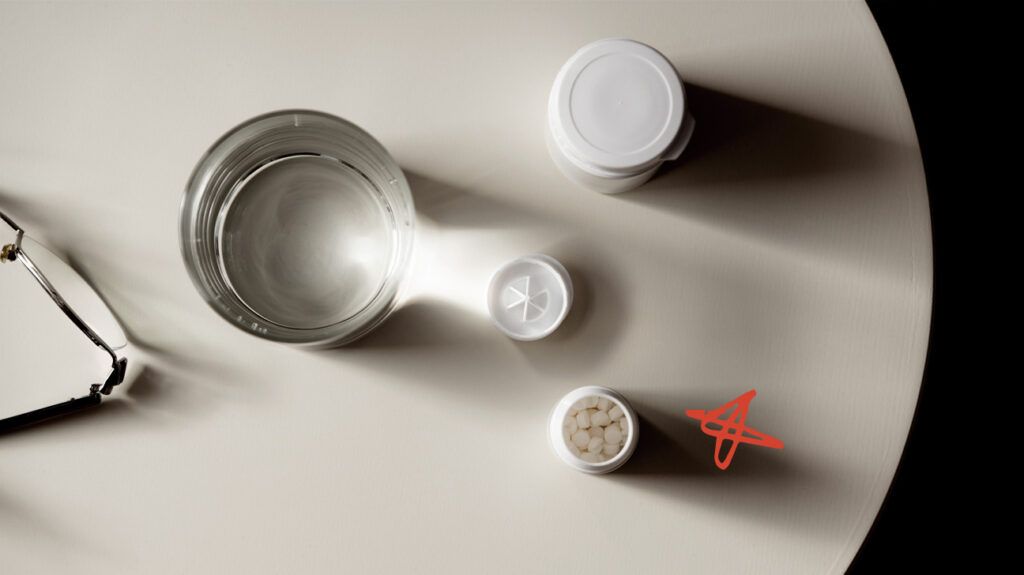- A new clinical trial in Italy investigates the efficacy of oral semaglutide.
- Semaglutide and other GLP-1 agonist drugs to treat diabetes, cardiovascular health, and weight loss, are most widely available as injectable medications.
- The study finds that oral versions of the drug perform best in patients in the early stages of diabetes, and not as well as injectables for other people.
- Even though doses of oral semaglutide are significantly larger than injectable medications, far less of it gets into the blood stream, potentially reducing its effectiveness.
Semaglutide, the active ingredient in diabetes drugs that have also become popular as a weight-loss aid, is primarily available in injectable form.
This includes the two most widely used drugs, Wegovy and Ozempic. Rybelsus is currently the only oral semaglutide drug on the market.
In a new Italian study conducted in a clinical setting, oral semaglutide was found to be most effective in people with a recent diagnosis of diabetes, with “suboptimal” benefits for other diabetes patients.
The study’s results suggest that oral semaglutide may be of most use in the early stages of diabetes.
People whose diabetes was recently diagnosed showed significant improvements in levels of HbA1c — a measurement of blood sugar — and their body weight.
The study results appear in the Journal of Clinical Medicine.
Semaglutide is a GLP-1 agonist that mimics the glucagon-like peptide-1 hormone. In doing so, it stimulates the release of insulin by the pancreas. It also slows the emptying of the stomach, providing a sense of fullness that leads to less eating.
A significant effect of taking semaglutide is weight loss. Excess body weight is a risk factor for both diabetes and cardiovascular disease (CVD).
The study found an improvement in glycemic — blood sugar — control in those patients in the early stages of diabetes, along with a broad spectrum of beneficial metabolic changes.
The researchers also observed positive changes related to cardiovascular risk. These included improved lipid profiles, eGFR — an indicator of kidney function — and blood pressure.
Of semaglutide drugs, only Wegovy is
Oral semaglutide has been the subject of several studies, with mixed findings. A definitive assessment of its efficacy has yet to be determined.
In the PIONEER-6 trial funded by Novo Nordisk — the manufacturer of Wegovy and Ozempic — oral semaglutide performed better than a placebo, particularly at high weekly doses of 14 milligrams (mg) that produced a 21% reduction in cardiovascular risk.
A February 2024 study concluded that oral semaglutide may be most valuable as an add-on to the injectable form.
Sumera Ahmed, MD, of the Metabolic Research Center, College of Osteopathic Medicine at Touro University, CA, not involved in the current study, said that for now: “We would still need to await the results of the
“Having semaglutide available as an oral or injectable allows accommodation for patient preferences,” said Vanita R. Aroda, MD, who specializes in endocrinology, diabetes, and hypertension at Brigham and Women’s Hospital in Boston. Aroda was also not involved in the new study.
”This flexibility may be especially important for adolescents where there is a major need for safe pharmacology treatments,” noted Andrew Hogan, PhD, who is an associate professor of immunology at Ireland’s Maynooth University, and also not involved in the study.
Ahmed added that oral semaglutide may also offer reassurance for some current semaglutide patients concerned about nationwide shortages of the injectable drug.
The typical dosing for Ozempic, said Ahmed, is weekly doses of 0.25 mg, 0.5 mg, 1 mg, and 2 mg, increased at four-week intervals based on the presence and toleration of gastrointestinal side effects. For Wegovy, it is 0.25 mg, 0.5 mg, 1 mg, 1.7 mg, and 2.4 mg per week, increased in the same manner.
The participants in the new study were given daily oral prescriptions of 3 mg before being raised to 7 mg. Most of the study cohort remained at a maximum of 7 mg daily for the study period.
For about 2% of participants, the daily dose was increased to 14 mg. The researchers reported that even the 14 mg dose was generally well tolerated.
At 14 mg per day, the weekly dose adds up to 98 mg per week, far larger than the maximum Wegovy dose of 2.4 mg per week.
Aroda explained why study participants were able to tolerate such a high dose of the drug. “Keep in mind, the bioavailability of semaglutide — the amount of semaglutide that actually is absorbed via the [gastrointestinal] tract — is quite low,” she said.
“The levels of semaglutide, in the blood achieved tend to be slightly less and more variable than what is seen with injectable semaglutide doses that are available,” she reported.
Hogan pointed out the high tolerability of oral semaglutide in another study, nothing that, “[i]n the
Beyond patient preferences, injectable semaglutide is more effective than the oral version. Even so, said Hogan:
“Oral delivery of semaglutide — and potentially future formulations — will make these medications more accessible, allowing doctors to choose the best route for their patient.”
Credit: Source link




